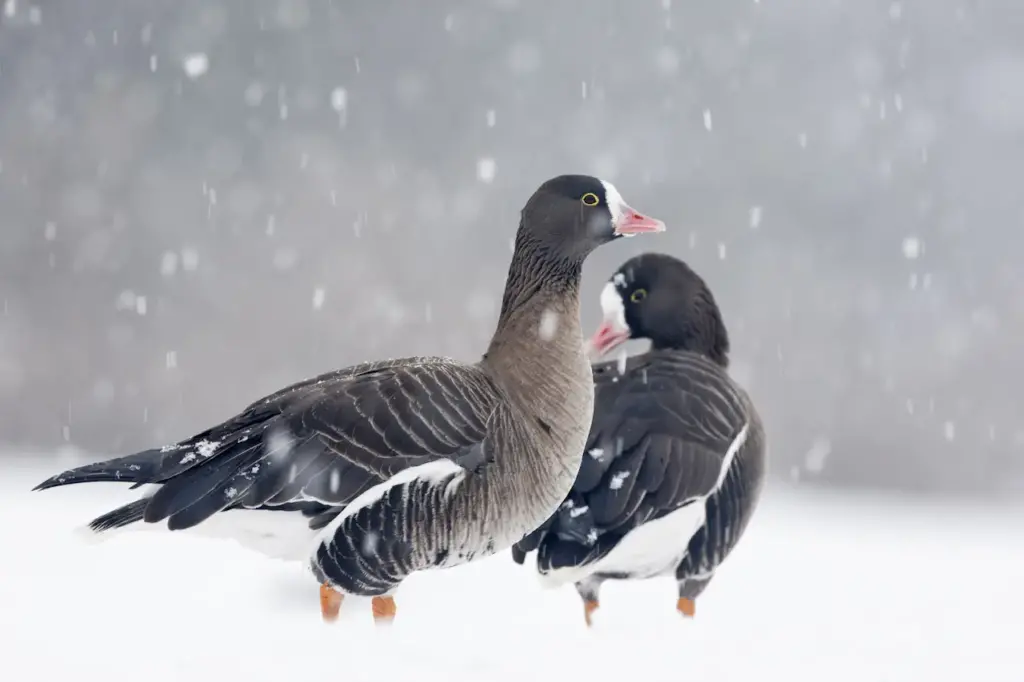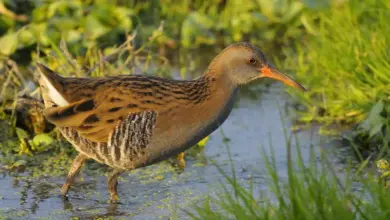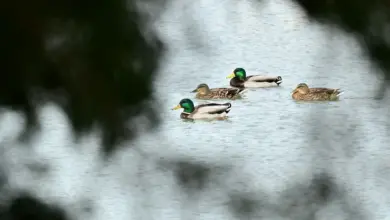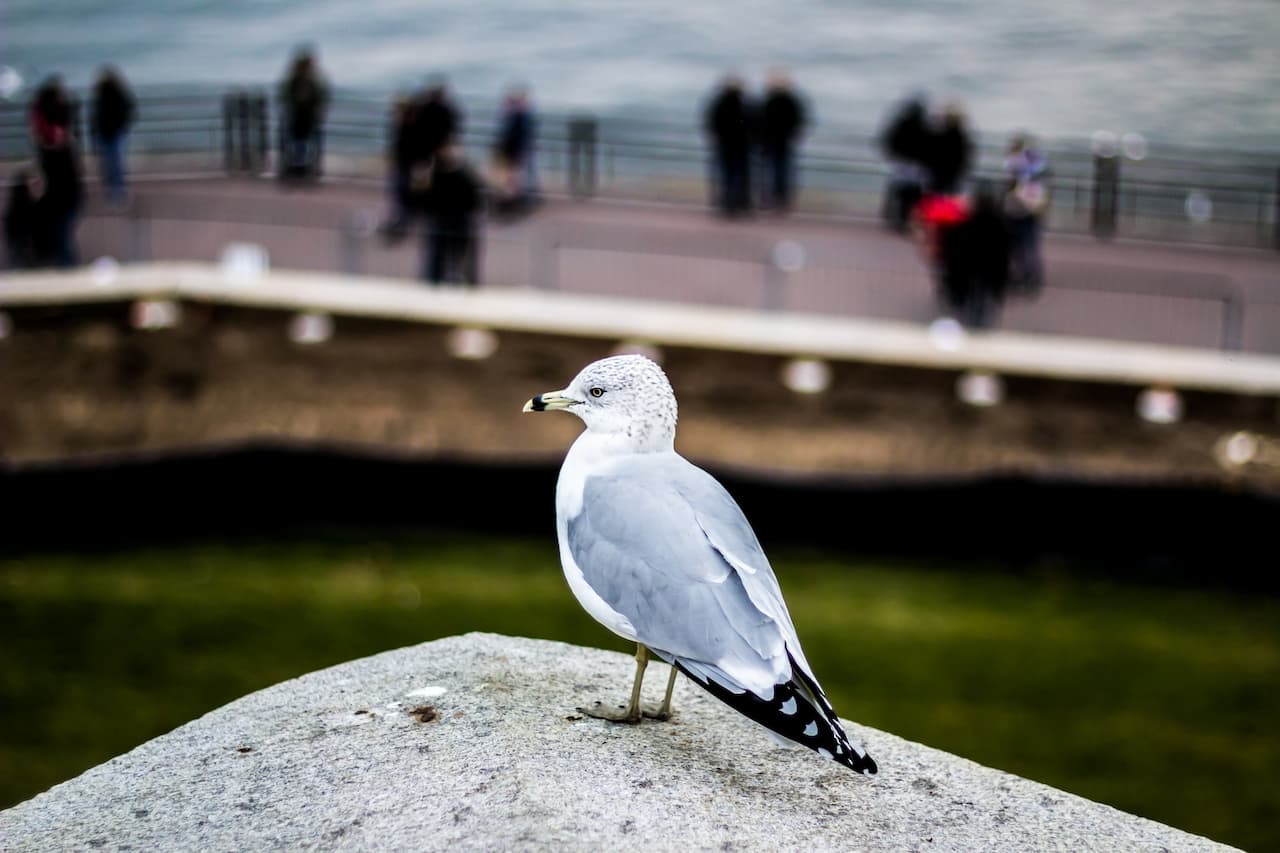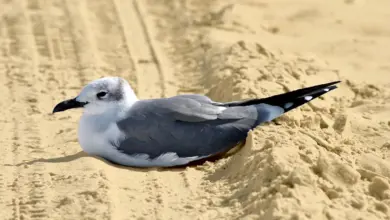The Lesser White-fronted Goose (Anser erythropus) is a goose closely related to the larger White-fronted Goose (A. albifrons).
Range:
The Lesser White-fronted Geese breeds in northernmost Asia, but it is a scarce breeder in Europe. There is a re-introduction scheme in Fennoscandia.
The Lesser White-fronted Geese winters further south in Europe and is a rare winter vagrant to Great Britain. Individual birds formerly appeared regularly at WWT Slimbridge in Gloucestershire, England, where they inspired Sir Peter Scott to set up The Wildfowl and Wetlands Trust – modern records, however, are far less frequent, a consequence of the species’ decline on its European breeding grounds. An attractive species, it is also widely kept in wildfowl collections and, as a result, escapes do occur; individuals seen in summer, or in the company of other feral geese, are likely to be of captive origin.
Description:
The two white-fronted Geese species differ little other than in size (the Lesser, at 53–66 cm length and with a 120–135 cm wingspan, is not much bigger than a Mallard (Anas platyrhynchos) but both may be readily distinguished from the Greylag Goose by their bright orange legs and their mouse-colored upper wing-coverts. The Greylag Goose has the bill and legs flesh-colored, and the upper wing-coverts of a bluish-grey.
Both white-front species have a very conspicuous white face and broad black bars which cross the belly.
Adult Lesser White-fronted Geese, as well as being smaller than White-fronted Geese, have an obvious yellow eye-ring, and the white facial blaze goes up to the crown.
Status:
Lesser White-fronted Geese is considered an endangered species, but there are programmes to reintroduce animals into the wild to strengthen the population.
Additionally it is one of the species to which the Agreement on the Conservation of African-Eurasian Migratory Waterbirds (AEWA) applies.
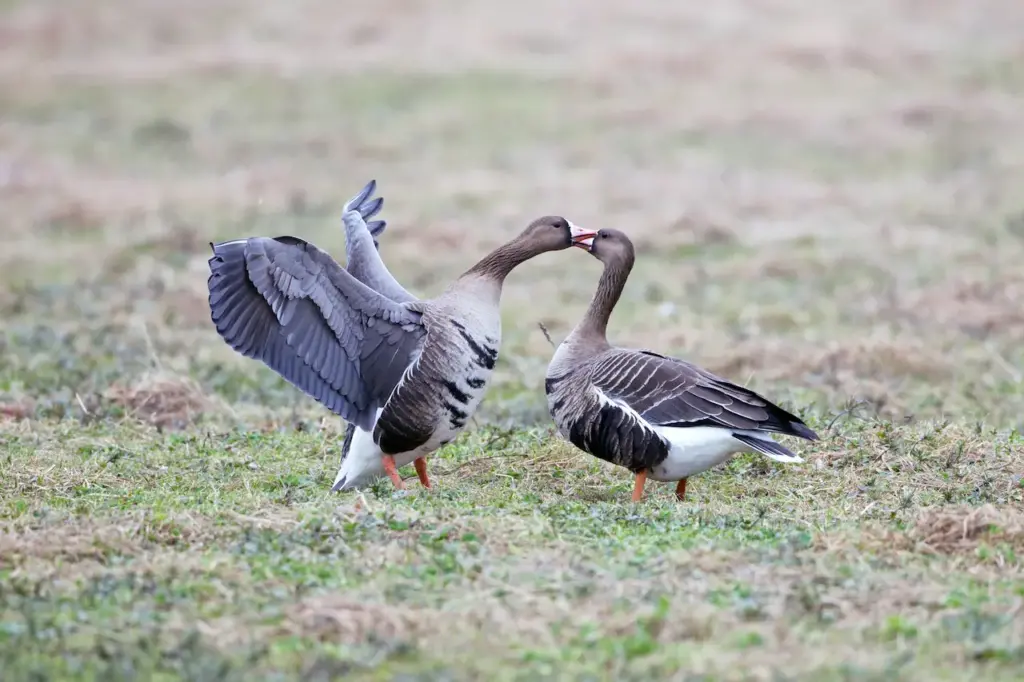
References
- BirdLife International (2006). Anser erythropus. 2006. IUCN Red List of Threatened Species. IUCN 2006. Retrieved on 9 May 2006. Database entry includes justification for why this species is vulnerable
Diet / Feeding:
Geese consume a wide variety of plant material, including grass, roots, shoots, leaves, stems, seedheads, and fruits of other herbaceous marsh vegetation, aquatic plants, and agricultural grain and potatoes (particularly in the winter)
Feeding Ducks and Geese …
We all enjoy waterfowl and many of us offer them food to encourage them to come over and stay around – and it works! Who doesn’t like an easy meal!
However, the foods that we traditionally feed them at local ponds are utterly unsuitable for them and are likely to cause health problems down the road. Also, there may be local laws against feeding this species of bird – so it’s best to check on that rather than facing consequences at a later stage.
- Foods that can be fed to Ducks, Geese and Swans to survive cold winters and remain healthy when food is scarce in their environment.
Please note that feeding ducks and geese makes them dependent on humans for food, which can result in starvation and possibly death when those feedings stop. If you decide to feed them, please limit the quantity to make sure that they maintain their natural ability to forage for food themselves – providing, of course, that natural food sources are available.
Goose Information / Overview … Photos of the Different Goose Species for Identification … Species Index of Geese
Please Note: The articles or images on this page are the sole property of the authors or photographers. Please contact them directly with respect to any copyright or licensing questions. Thank you.

